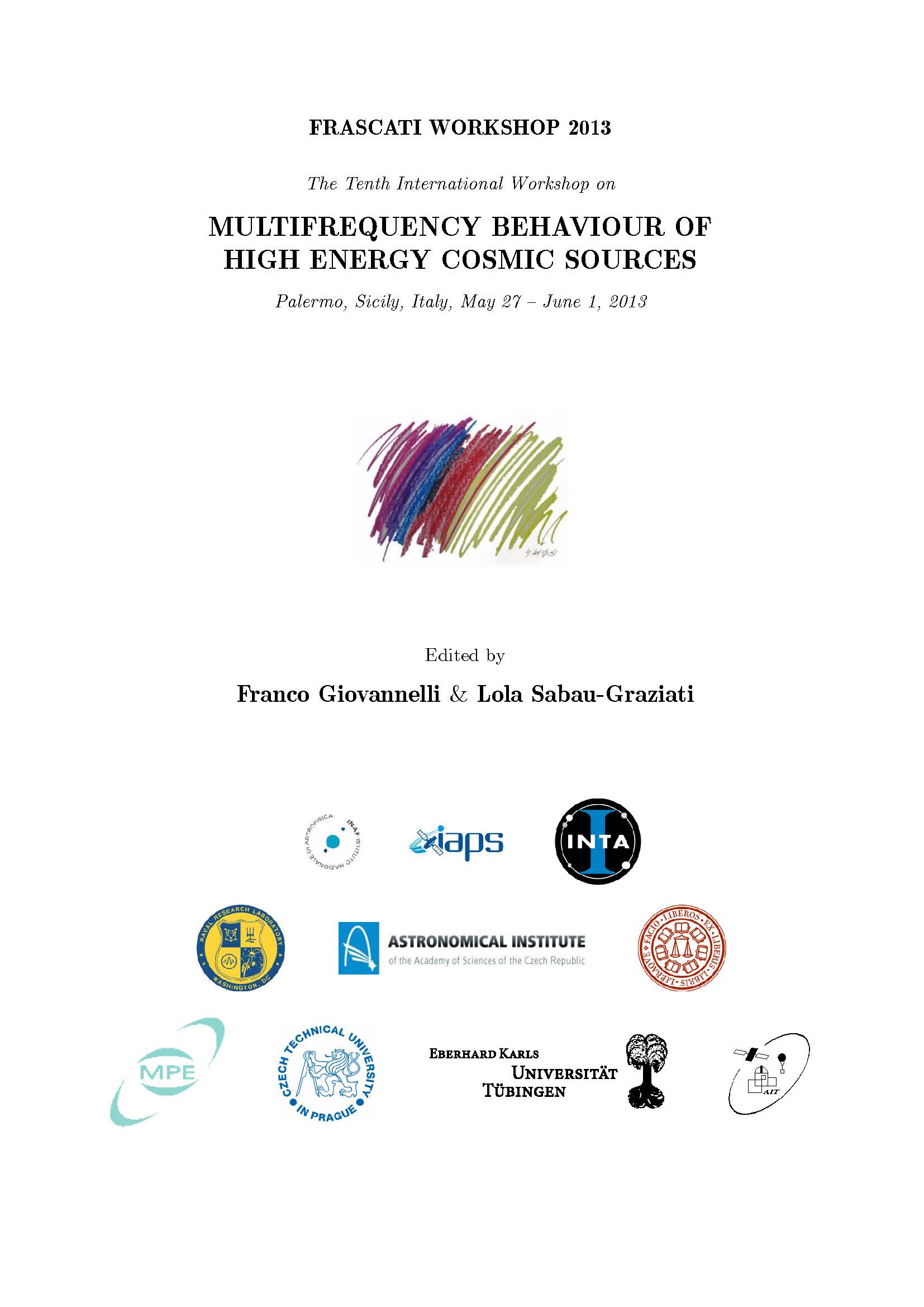First Hints of Pressure Waves in a Helical Extragalactic Jet: S5 0836+710
DOI:
https://doi.org/10.14311/APP.2014.01.0265Abstract
One of the open questions in extragalactic jet Astrophysics is related to the nature of the observed radio jet, namely whether it traces a pattern or the flow structure itself. In this paper I summarize the evidence collected for the presence of waves in extragalactic jets. The evidence points towards the peak of emission in helical jets corresponding to pressure-maxima of a wave that is generated within the core region and propagates downstream. Making use of a number of very long baseline interferometry (VLBI) observations of the radio jet in the quasar S5 0836+710 at dierent frequencies and epochs, Perucho et al. (2012a) were able to observe wave-like behavior within the observed radio-jet. The ridge-line of the emission in the jet coincides within the errors at all frequencies. Moreover, small differences between epochs at 15 GHz reveal wave-like motion of the ridge-line transversal to the jet propagation axis. The authors conclude that the helicity is a real, physical structure. I report here on those results and discuss them in the light of new results recently announced by other authors that confirm the presence of waves in the close-by object BL Lac (Cohen et al., in preparation).Downloads
Published
Issue
Section
License
Copyright notice
Authors who publish with this journal agree to the following terms:
1. Authors retain copyright and grant the journal the right of the first publication with the work simultaneously licensed under a Creative Commons Attribution License that allows others to share the work with an acknowledgement of the work's authorship and initial publication in this journal.
2. Authors are able to enter into separate, additional contractual arrangements for the non-exclusive distribution of the journal's published version of the work (e.g., to post it to an institutional repository or to publish it in a book), with an acknowledgement of its initial publication in this journal.
3. Authors are permitted and encouraged to post their work online (e.g., in institutional repositories or on their website) prior to and during the submission process, as it can lead to productive exchanges as well as earlier and greater citation of the published work (See The Effect of Open Access).


